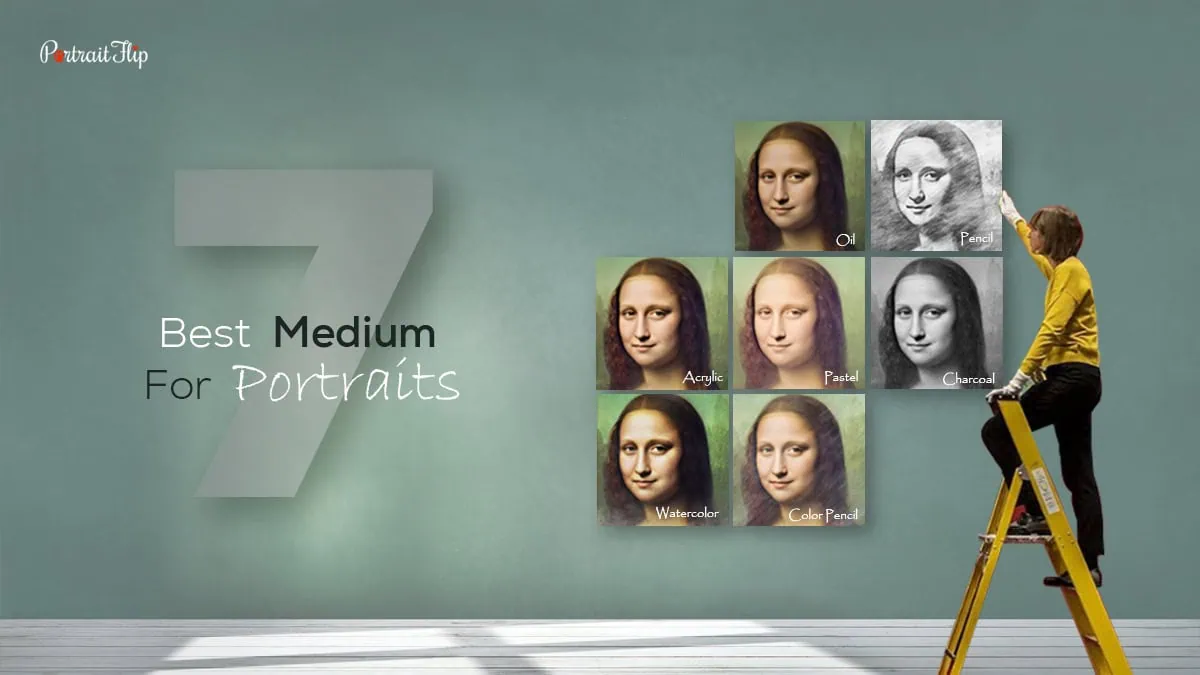The beauty of a painting is that it captures the real essence of the subject.
However, the most important aspect that we forget is the painting medium.
Whether you’re an artist or a customer, you must be aware of which medium suits you the best.
Every artist is unique and so are the customer’s requirements.
For a painter, it is important to know which art medium they can excel at.
Similarly, a customer should understand the kinds of medium in art before commissioning any painting.
With this said, here’s what you need to know about different mediums for paintings (pros and cons included).
Table of contents
Oil Paint Medium
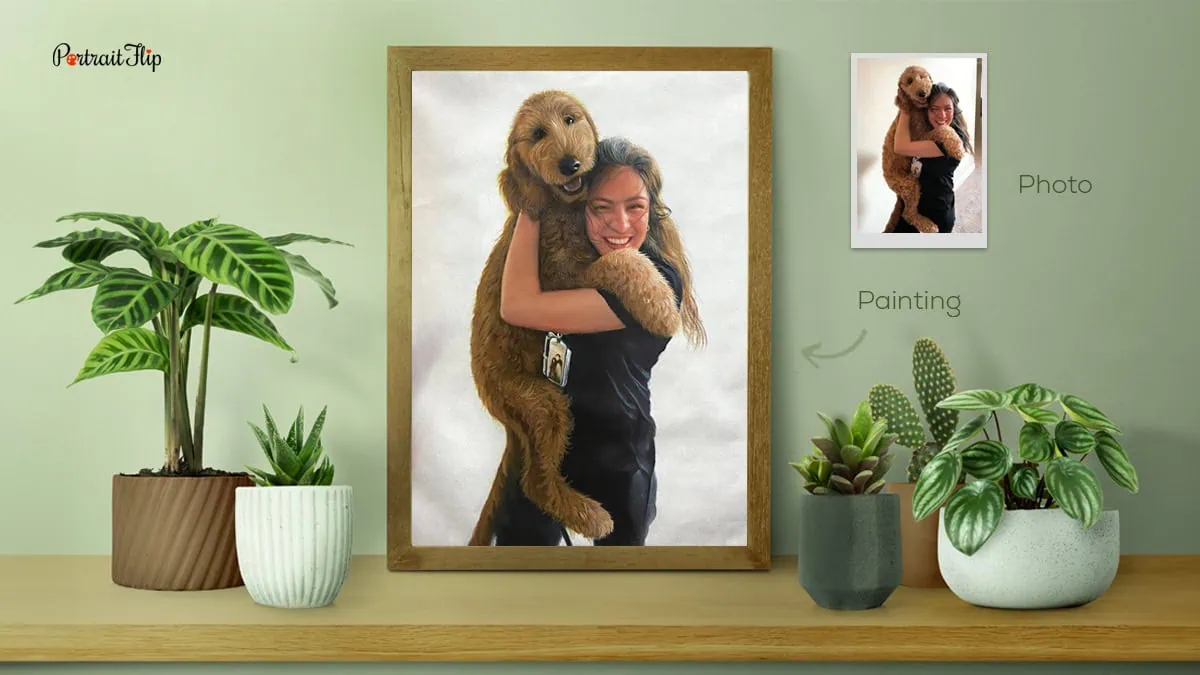
Do you know that all of the world’s most famous artworks are made using oil paint as a medium?
Whether you’re an experienced artist or looking for custom paintings, you can always go ahead with the oil painting medium.
However, before going for a painting with oil medium, take a look at its pros and cons.
Pros of Oil Paints:
- Art can look rich, royal, and prominent
- Can capture small details
- High at adaptability
- It looks great with any finishing options—framed, rolled, or gallery roll
- The outcomes can be museum-quality
- Portraits last for decades
Cons of Oil Paint:
- It takes weeks to dry
- Can be expensive and smelly
- It requires expertise to clean an oil painting
- Susceptible to humidity and direct sunlight
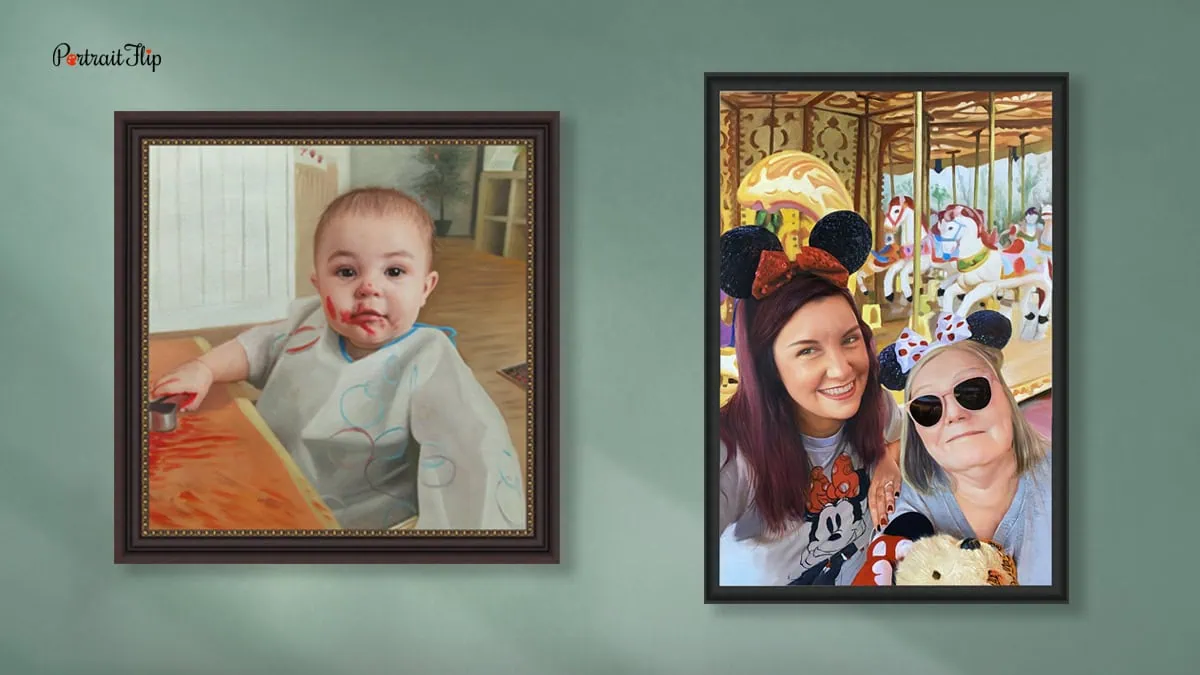
Despite the cons mentioned, there is no doubt that artworks produced with oil paint medium are unmatchable, timeless, and incredible!
Acrylic Paint Medium
Expecting a result similar to oil paint medium? Look no further than acrylics.
It offers almost similar benefits, but there are some differences between them, which you can read in detail in this blog—oil vs. acrylic paint portraits.

Speaking of acrylic art medium, it’s a new form of paint medium that is in high demand and comparably more affordable.
Let’s see some benefits and drawbacks of acrylic paints.
Pros of Acrylic Paints:
- Shorter dry time
- It’s affordable and doesn’t smell like oil paint
- Versatile in nature, it conveniently blends with water
- Brushes can easily be cleaned
- It last a little longer if taken necessary precautions
- Less harmful and safer around children and pets
Cons of Acrylic Paints:
- It dries fast so you need to work promptly
- Artwork collects dust and form grime on short notice
- It requires extra attention while cleaning the acrylic paint
- Pigments become darker when whey is dry, so it won’t look the same as how you left it

Importantly, acrylic paints are durable; it is rare to see acrylic portraits turn yellow, dull, or cracked.
(Suggested: 10 Pet Portrait Painters)
Watercolor Medium
Watercolor is the first medium of painting ever introduced to our generation.
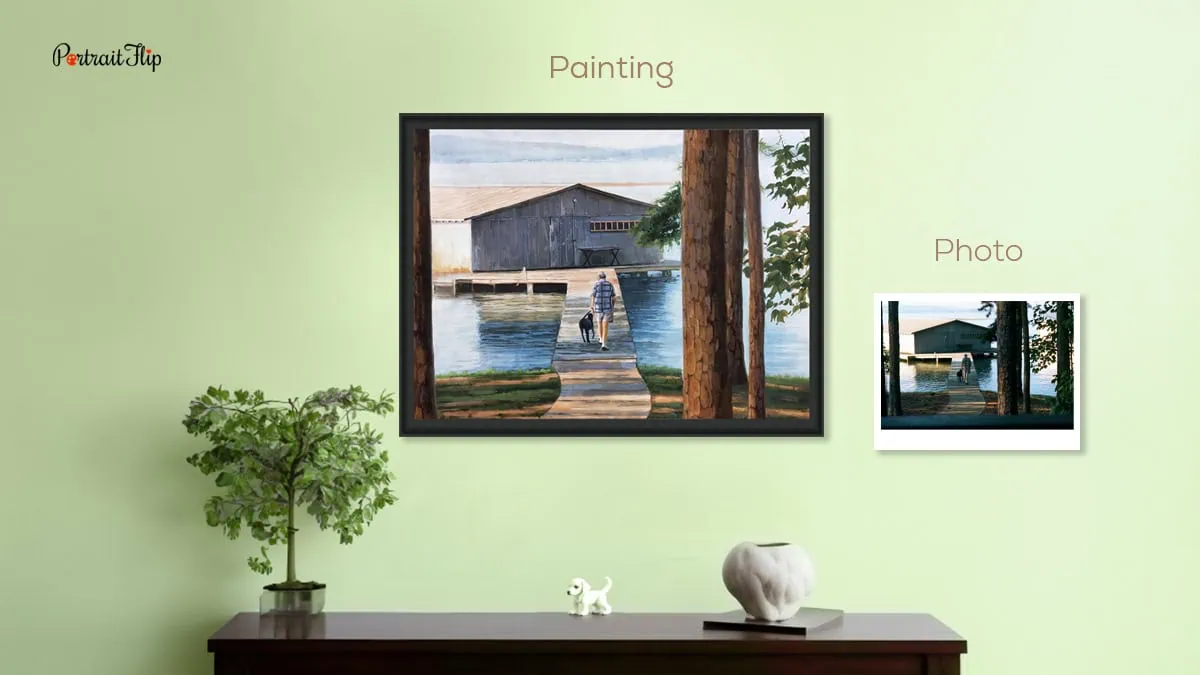
If you’re a beginner or have just started off on your artistic path, you can go ahead with the watercolor medium.
You won’t require anything else except soft bristle brushes and a piece of paper!
To get a clearer understanding of the watercolor medium, let me shed some light on its upsides and downsides.
Pros of the Watercolor Medium:
- Easily clean your palette
- Doesn’t pass odor like oil medium
- Budget-friendly
- Dried paint brushes can be reused
- Watercolor artwork are portable and easy to clean
Cons of the Watercolor Medium:
- Can bleed or spread across the canvas if not blended with water appropriately
- It takes enough time to dry
- Blunders or silly errors can’t be undone on watercolor
- Require a specific type of paper
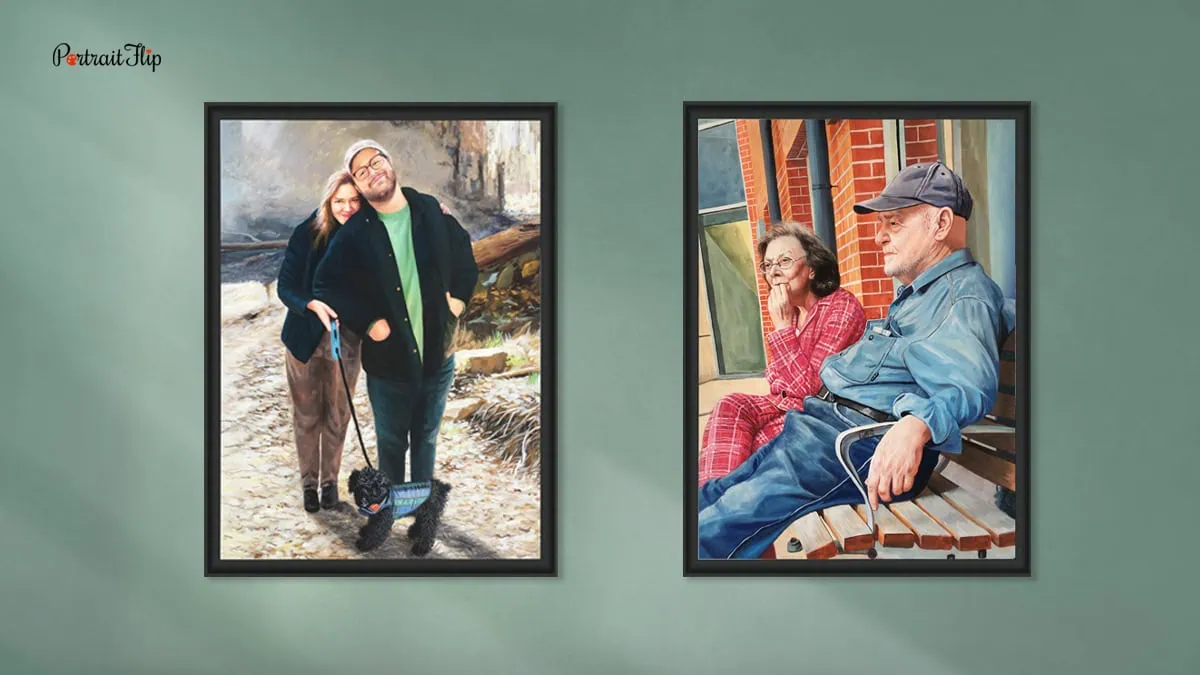
Pro tip: While painting with watercolor, always prefer light colors over dark ones.
Watercolor is a great medium for paintings to be commissioned as well as to paint.
Pastel Medium
Pastels are of two types—oil and soft.
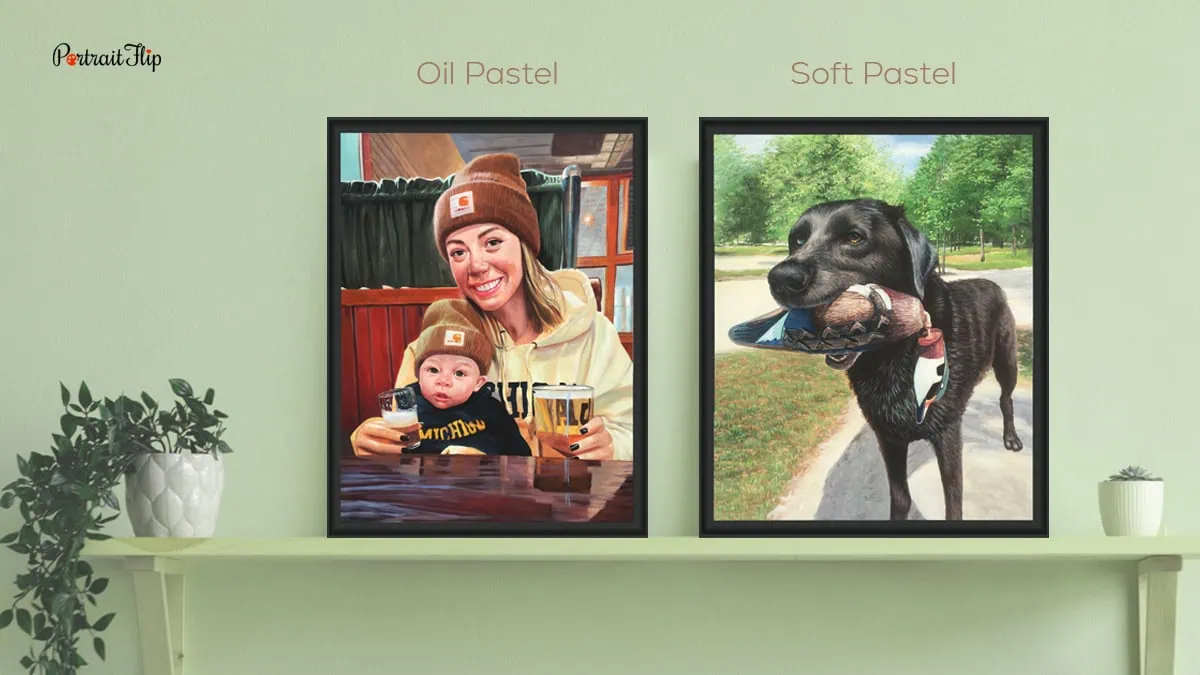
Art in the oil pastel medium is expressive and refreshing. Whereas soft or chalk pastels create different effects of smudging.
Here’s what you need to take into account:
| Difference | Oil Pastels | Soft Pastels |
| Type | Bright shades | Muted colors |
| Quality | Easy to blend and produce rich and vibrant colors | Not easy to blend and colors can be muted |
| Price | Expensive | Affordable |
| Variety | Limited | Limited |
You know the difference between oil and soft pastels; now, it’s your choice
Writer’s tip: If you want to produce pastel art with minimal effort, then pick soft pastels, as they’re the best medium for painting that gives expressive and beautiful results.
Or else you can…
Charcoal Medium

Charcoal is a medium mostly used to create portrait art.
As time went on, the medium saw transitions, and painters started making charcoal house portraits, human sketches, and others.
Here are some positive and negative aspects of the charcoal medium:
Pros of the Charcoal Medium:
- Offers a classic look
- Easy to smudge
- Affordable, reliable, and portable
- Can easily erase charcoal
Cons of the Charcoal Medium:
- You can’t create accurate images
- It can never compete with colors
Whether you want to draw a pet, a human, or any other form of art, you can use charcoal the way you want.

If you want to gift it to someone special or are too tired to draw it on your own, you can even order a compilation charcoal sketch from us.
Pencil Medium
Whether you’re a beginner or a domain expert, you love the pencil art medium. Don’t you?

Capturing the tiniest details of subjects is what makes the pencil medium such a sought after medium for art.
For your understanding, I’m sharing some pros and cons of using pencil medium for artwork.
Pros of Pencil Medium:
- Conveniently draw details
- Affordable and portable
- Erasable, eco-friendly and reliable
- Great shelf-life
- Add depth and shades
- It can be used on any paper type
It doesn’t have too many cons except that it requires regular sharpening, and smudging might take a little time depending on its tip (how sharp or pointed it is).
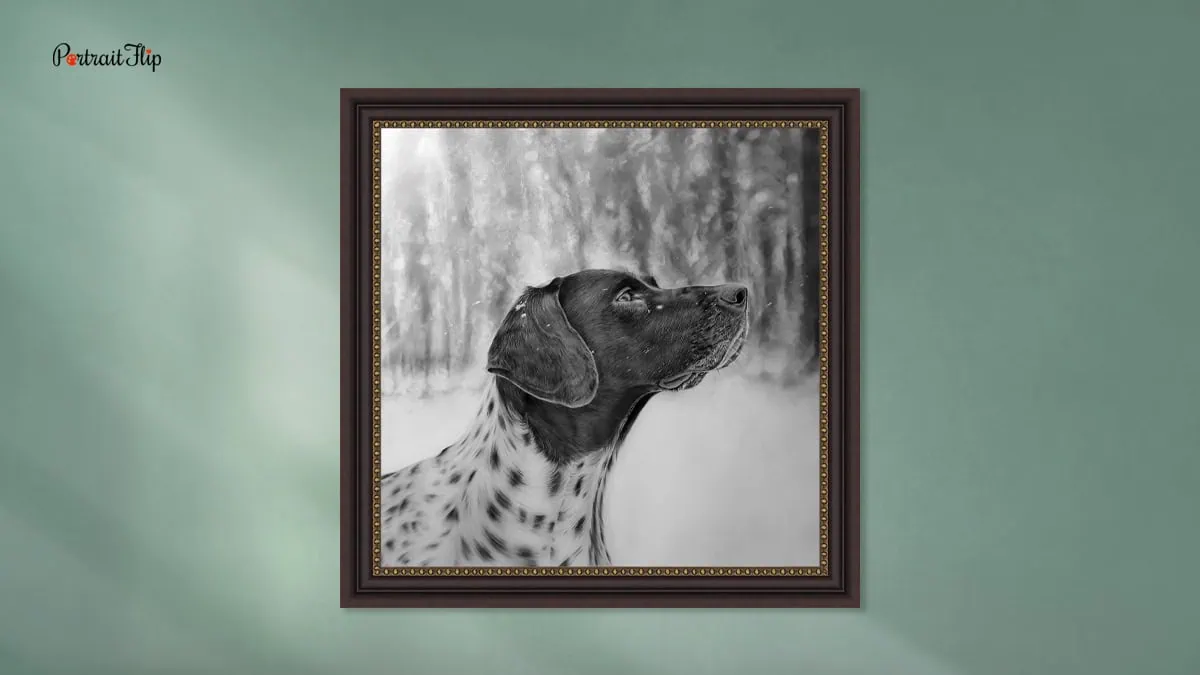
Colored Pencil Medium
The most dynamic and versatile art medium available on the market is colored pencils.
It doesn’t require a proper setup. You can sit in any corner or anywhere idle and start painting with this medium.

But no paint medium can be perfect. With this said, let’s discuss its pros and cons.
Pros of Colored Pencil Medium:
- Can be detailed and expressive
- Easy to set up and erasable
- Affordable and highly portable
- Creates bold, opaque, and luminance effect
- It’s a low maintenance
Cons of Colored Pencil Medium:
- Easy to blend but takes time to get perfect and desirable texture
- Time-consuming as it covers small areas in one stroke
- Erasing or removing colors can be annoying
- Requires sharpening at short intervals
In my opinion, colored pencils make a rewarding artistic medium, but they usually take more time than any other medium for painting.
It may require immense patience and dedication.
Pro tip: Start off by using light to dark colors.
My Favorite Medium
I hope the doubt of “which would be the best medium for my portrait” has been cleared.
I’m not a painter, but if I get a chance to commission a painting, it will definitely be in oil or charcoal medium.
And my one-stop platform is PortraitFlip.
It is one of the best online painting services worldwide, with a 4.7-star Trustpilot rating.
They offer all seven mediums at the best price in the industry.
Their high-quality work gives a personal touch and intimacy to your artwork.
You just witness them. How? All the painting displayed above were of PortraitFlip’s. Amazing, right?
Whether you’re a customer or an aspiring artist, you can get the best outcome here.
After all, the most beautiful thing about art is the art itself.
Frequently Asked Questions
Oil medium stands true to time and produces the best realistic looking portraits of all time.
A solo portrait is meant to focus only on the solo element of the painting. Eg: If you get a solo portrait of a dog, the painting should look so realistic in nature that it would look 3D. The best medium for a solo portrait is oil and acrylic.
The pastel medium is best suited for portrait paintings that have various characters.
Each painting medium has a different price. Oil medium starts at $149, whereas charcoal medium comes only at a starting price of $89. You can opt according to your preferences and budget.



